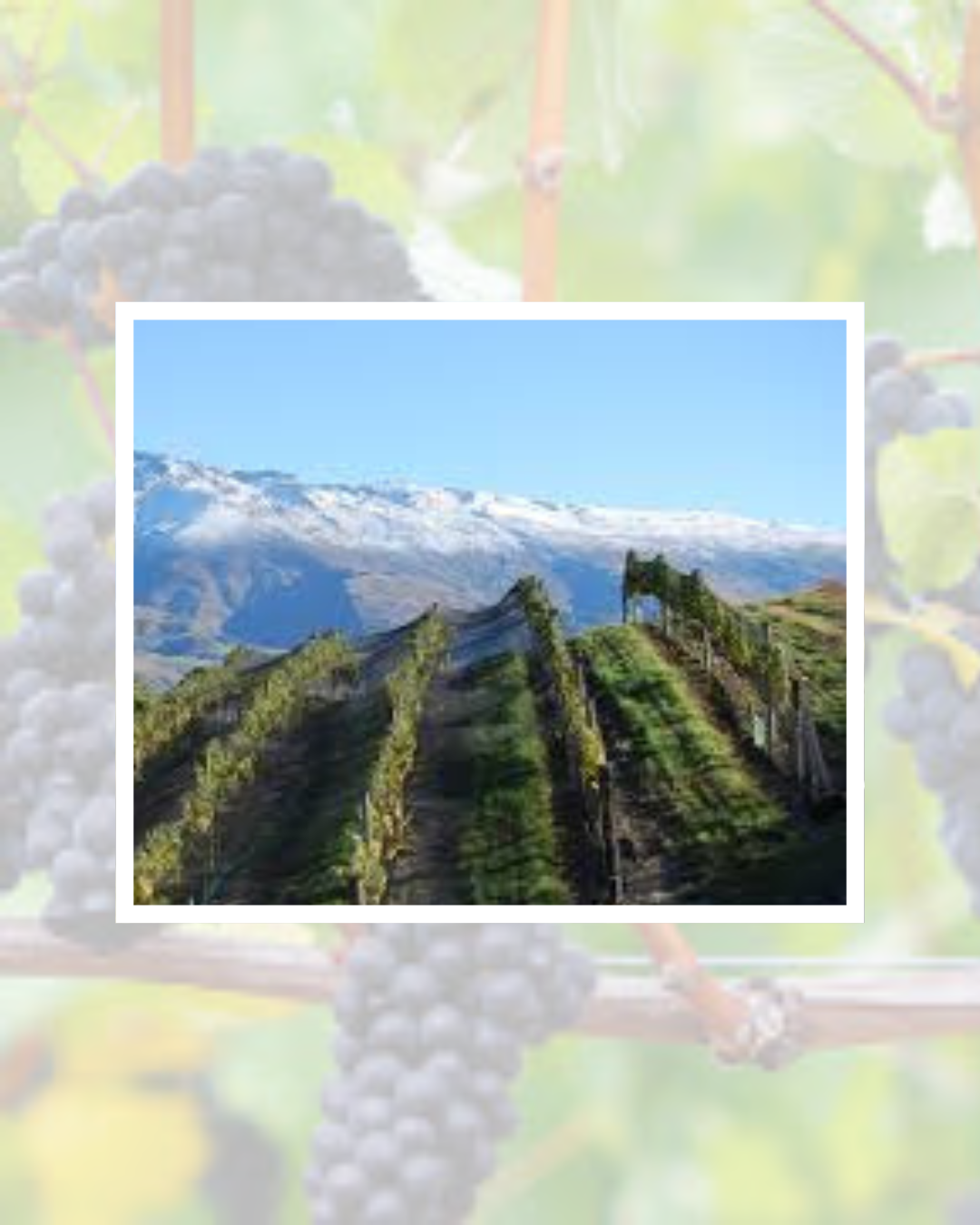There’s something irresistibly seductive about Pinot Noir. It’s the grape varietal that makes sommeliers swoon, winemakers sweat, and wine lovers fall head over heels. And while Burgundy may have long been considered its spiritual home, New Zealand has been quietly (and sometimes not-so-quietly) redefining the Pinot Noir conversation.
This August 18th, as the wine world raises a glass to International Pinot Noir Day, it’s the perfect opportunity to celebrate New Zealand’s most captivating red wine export.
Pinot Noir was first planted in the Wairarapa region of New Zealand’s North Island in 1883, but it wasn’t until 1987 that it was commercially released. By the 1990s, gold medals in Australia and London had propelled New Zealand Pinot Noir onto the global stage. Suddenly, whispers of a “new Pinot powerhouse” were spreading around the wine world.
“New Zealand Pinot Noir is something else,” says Charlotte Read, General Manager Brand at New Zealand Winegrowers. “It leads with a concentrated core of fruit, supported by a vibrant backbone of acidity thanks to our cool climate, and displays the hallmark fragrance and elegant, fine-grained tannins that great Pinots possess. It’s exciting to observe the distinct regional styles that emerge from differences in soil type and climate across the areas where Pinot Noir is grown in New Zealand.”
Pinot Noir is now among the top five most searched red varietals globally, with Wine-Searcher reporting an increase from 10.5% to 15.5% of total search market share. Within New Zealand, Pinot Noir accounted for 32.4% of wine searches in 2024, second only to Sauvignon Blanc.
And it’s not just hype; it’s in the glass. Lively acidity, silky tannins, and versatile food-friendliness make it a natural companion for a wide range of dishes, from roast chicken and salmon to mushroom risotto and duck confit. With more wine lovers gravitating toward fresher, chillable reds, Pinot Noir is perfectly suited to the modern table.
It’s no surprise that Pinot Noir has become New Zealand’s top red wine variety and the country’s second-largest wine export after Sauvignon Blanc, with over 1.5 million cases shipped annually to more than 100 countries. Exports alone reached $2.1 billion in 2024.
So, this International Pinot Noir Day, why not pour yourself a glass and discover why this grape has captured the world’s imagination?
My picks for the occasion:
- Tarras Central Otago Pinot Noir – vibrant, rich, full-bodied and endlessly drinkable
- Thornbury Pinot Noir 2019 – classic structure with a rich, fruit-driven
- Lord Rutherford Pinot Noir 2013 – a cellar gem that showcases how gracefully New Zealand Pinot can age
Raise your glass, take a sip, and let New Zealand Pinot Noir remind you why wine can be both playful and profound!










